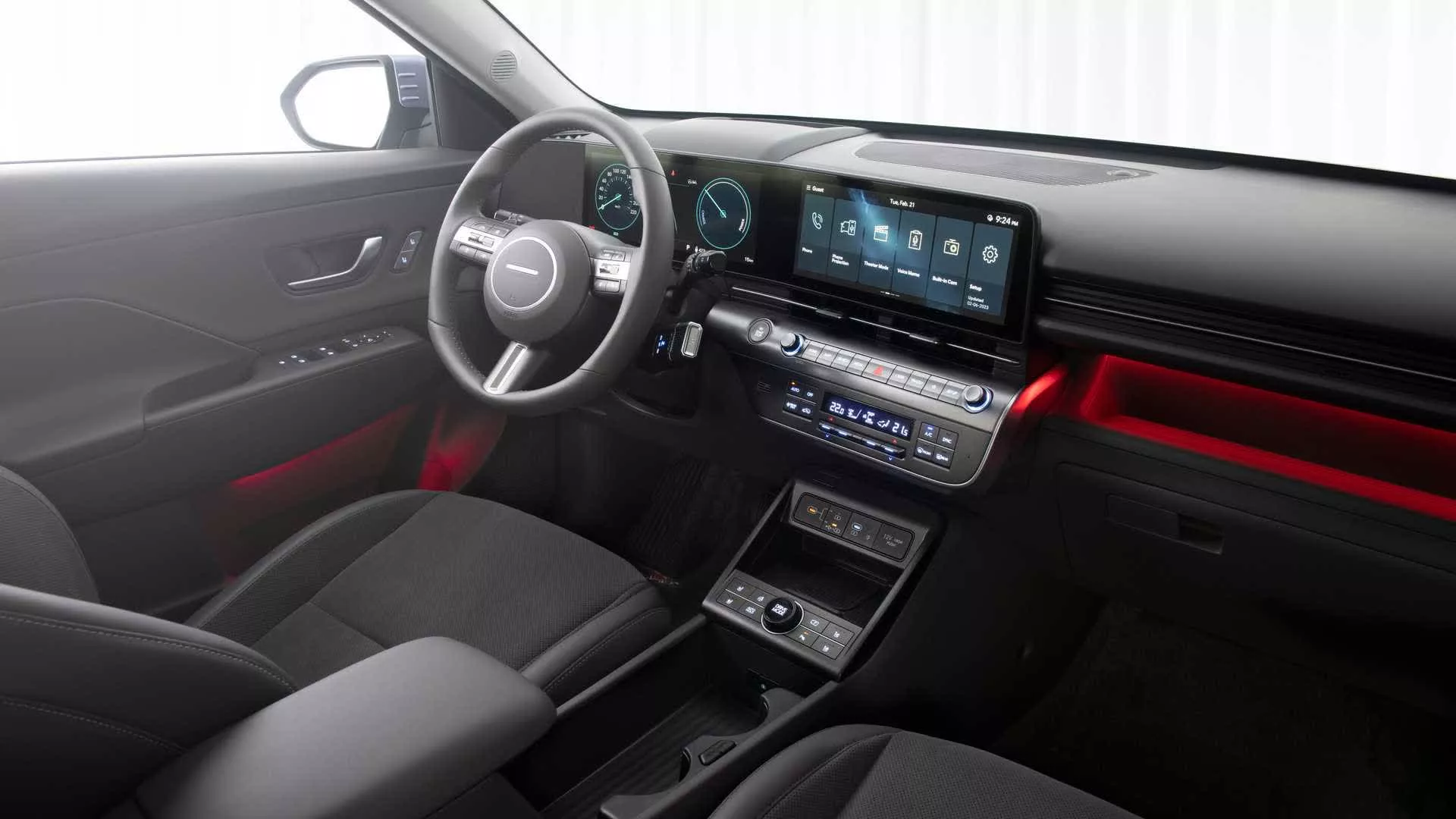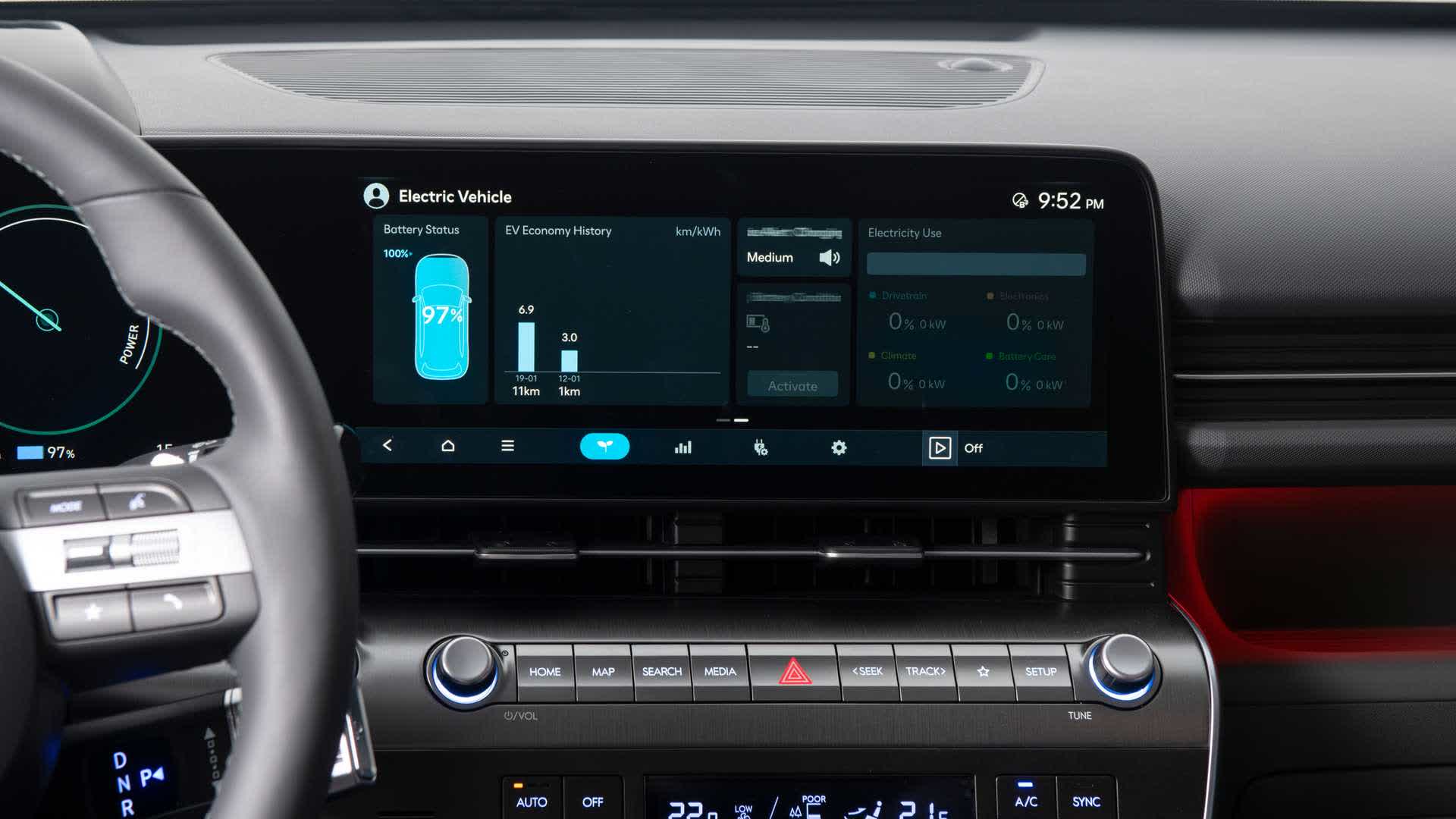In context: Automobiles have changed a lot over the decades, especially when it comes to their technology-packed interiors. As manufacturers rush to add more and bigger touchscreens alongside soft-touch controls, traditional physical buttons and dials are going the way of the dinosaur. But Hyundai isn't ready to get rid of these instruments, at least not until their vehicles have full self-driving capabilities.
Sang Yup Lee, Head of Hyundai Design, confirmed that the company was keeping buttons and dials in its vehicles during the launch of the new-generation Hyundai Kona (via CarsGuide). This might seem as if the Korean giant is shooting itself in the foot by not embracing the latest in-car tech, but Lee says it's a safety issue.
"We have used the physical buttons quite significantly the last few years. For me, the safety-related buttons have to be a hard key," said Lee.
Some luxury vehicles are going all-in on touch-screen displays and soft-touch buttons; the Mercedes-Benz 2023 EQS SUV has a 56-inch Hyperscreen that covers almost all of the front dashboard and includes the instrument cluster, infotainment, and passenger display.
With virtually every function of a vehicle and its infotainment system controlled via screens and soft buttons, drivers are often forced to take their eyes off the road to search through menus or find a touch control on the dash. Being able to find and interact with a chunky physical button, dial, or switch is much easier, and usually doesn't require a driver to look away.
"When you're driving, it's hard to control it. This is why when it's a hard key it's easy to sense and feel it," said Lee.
As you can see in the image above, the Hyundai Kona comes with plenty of physical buttons alongside a pair of 12.3-inch displays. There are controls for the HVAC system and real dials for the audio volume, something many drivers prefer over their digital alternatives, which can often involve navigating several menus before reaching the desired function.
Hyundai isn't permanently ruling out the total removal of physical buttons from its automobiles, but that will only happen once it makes level 4 autonomous vehicles that do not require human interaction in most circumstances. Not having to watch the road all the time would allow people to play with screens to their heart's content.
"When it comes to Level 4 autonomous driving, then we'll have everything soft key, but until then, as I said, when it comes to driving, it's safest to have your eyes on the road and your hands on the wheel," Lee said.

